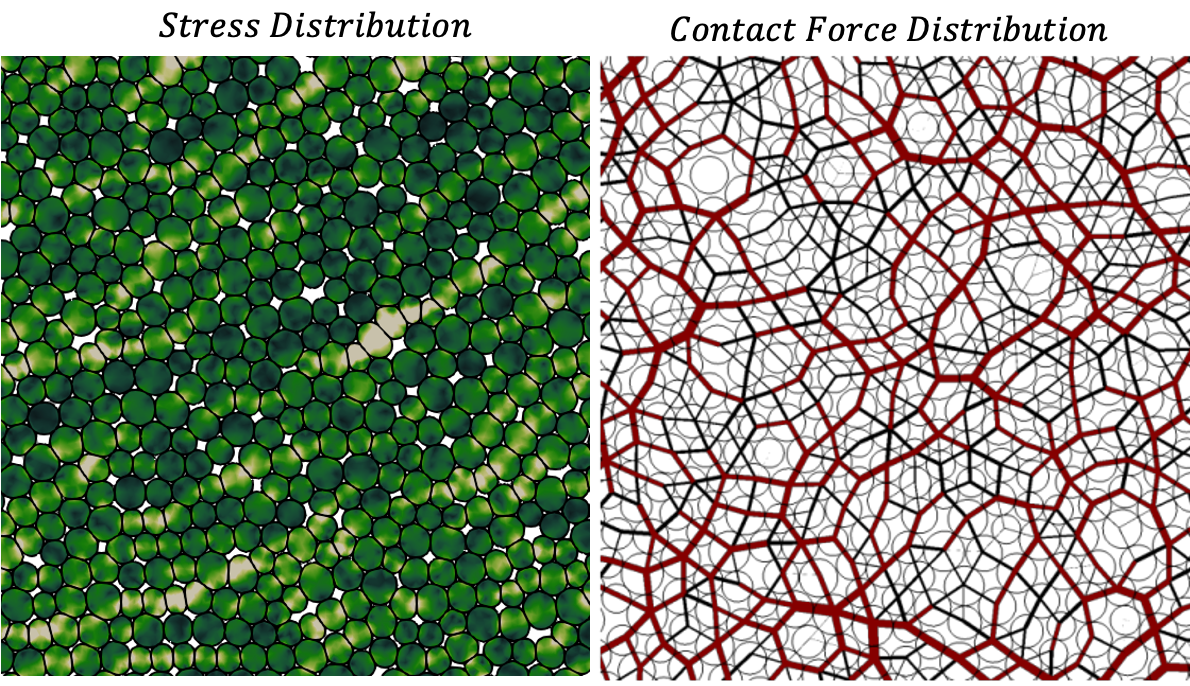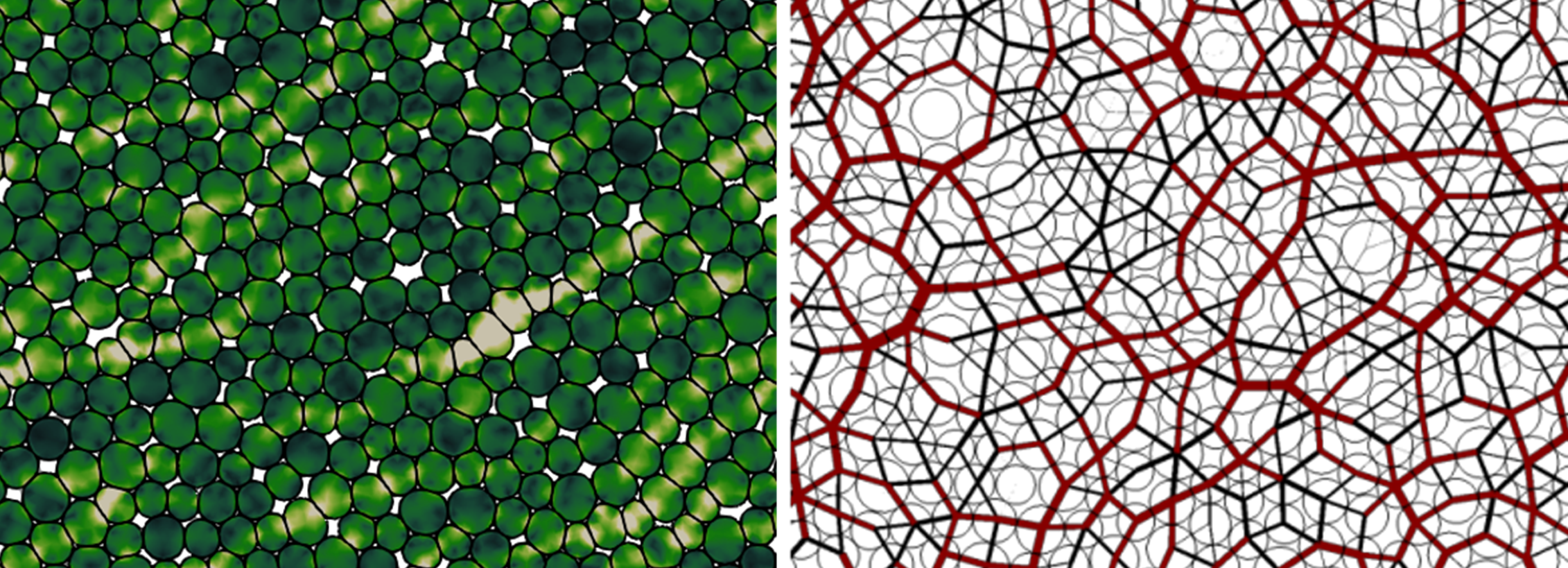Seminário de Física
Título: Effects of grain shape and deformability on the behavior of granular materials
Orador: Manuel Cárdenas Barrantes (Centro de Física Teórica e Computacional, Faculdade de Ciências, Universidade de Lisboa)
Abstract:
Throughout history, human civilizations have utilized and transformed granular materials —such as sand, rock, and powders— in numerous applications, including civil construction, powder compaction, pharmacy, and more. However, the increasing scarcity of natural resources presents new challenges for utilizing these materials. To improve predictive accuracy and optimize processes, novel approaches must be developed, incorporating increasingly realistic characteristics to emphasize the key mechanisms at the grain and contact scales. Granular media, regardless of the application, exhibit generic features, such as their discrete and disordered microstructure, the prevalence of geometric and kinematic constraints, and the dissipative nature of interactions. However, for each application, these generic characteristics face specific attributes, like grain shape, size variations, complex interactions (cohesive, capillary, electrical, fluid phase, etc.), and/or the evolution of these characteristics, such as changes in shape. These complexities are rarely captured by commonly used simulation or experimental techniques. To gain a precise and clear understanding of the intricate behavior displayed by actual granular materials, it is crucial to comprehend and quantify each of these mentioned effects.
The seminar will focus on two key aspects: the effects of grain size and grain deformability. How does the dispersion of grain size and shape influence the rheological properties of a sheared granular system? An unexpected behavior will be shown and explained: the nonlinear variation in strength concerning the packing fraction as the dispersion of grain sizes increases. Furthermore, how do collections of very soft grains behave when compressed significantly beyond their jamming point? Because of the grain deformability, the solid fraction surpasses the Random Close Packing, enabling complete space filling. Following a mean-field approach based on micro-mechanical analysis at the scale of particle contacts, a compaction law entirely.








